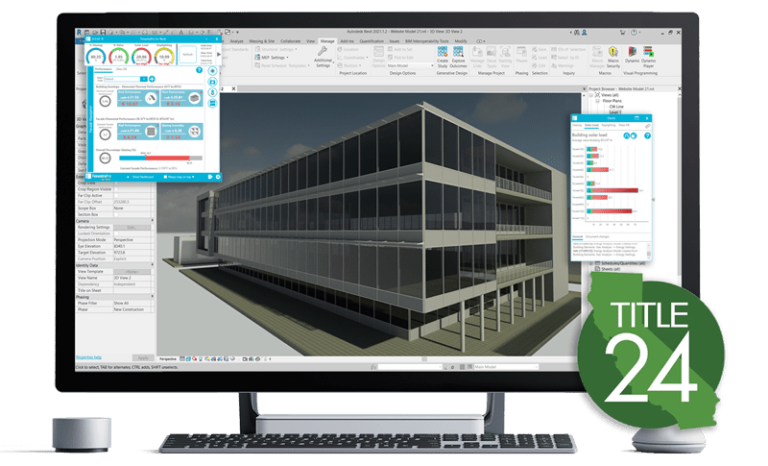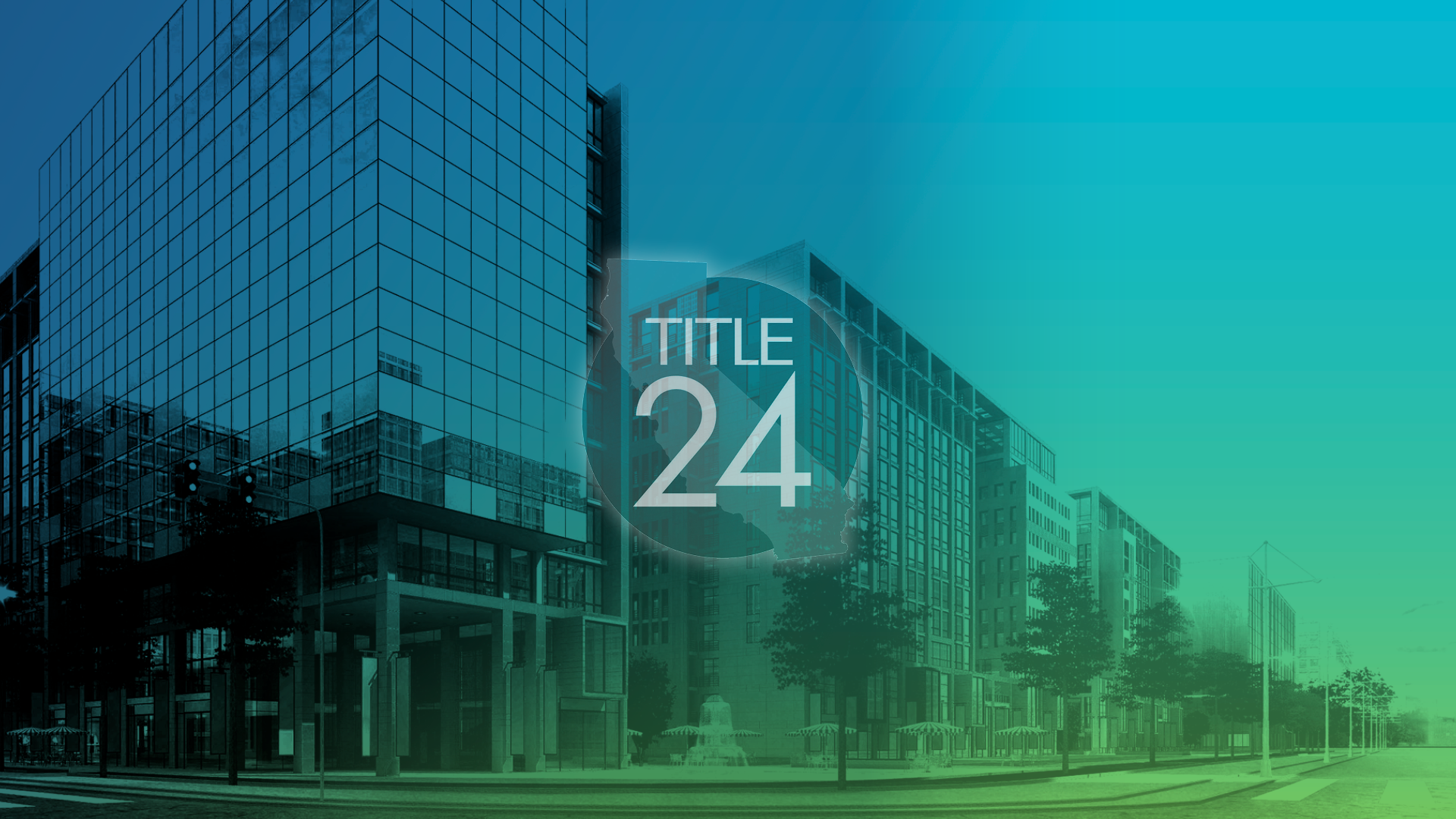California has now introduced an update to what building energy efficiency standards (energy codes) apply to newly constructed buildings, additions, and alterations. The new standards are a vital pillar of California’s climate action plan.
In December 2021, the the California Title 24 Energy Codes (2022) were approved by the California Building Standards Commission for inclusion into the California Building Standards Code. The 2022 Energy Code encourages efficient electric heat pumps, establishes electric-ready requirements for new homes, expands solar photovoltaic, battery storage standards to strengthen ventilation standards and the use of passive design considerations using the prescriptive approach in building envelope design.
FenestraPro is a façade design platform that uses passive design considerations to analyze and optimize new and existing buildings for lower energy use. Producing real-time feedback and data calculations, FenestraPro ensures that California designs will meet all local regulations and Title 24 Energy Codes due to built-in code compliance functionality.
FenestraPro can be used on California-based projects to:
- Geo-locate your project in the appropriate Climate Zone and apply the appropriate U-factor requirements according to the Energy Code;
- Calculate weighted thermal performances from opaque envelope and glazed assemblies, as well as optimizes material selection to achieve the appropriate solar heat gain co-efficient and visible light transmittance.

Adhering to the Chapter 3 Building Envelope, 2022 Energy Code – Multi-family and Non-residential Compliance Manual, architects can use FenestraPro to:
- Design energy-efficient windows and curtain wall systems for high-performance building projects.
- Determine whether a product meets the specifications for a project and local/state building energy codes.
- Model different fenestration designs to compare energy performance.
- Optimize Envelope design under a prescriptive approach.
Our tool is particularly relevant for speculative buildings under Chapter 3, which are commonly designed and built by developers for known or even unknown occupancies. This can lead to challenges around compliance when mechanical systems are installed by a leaseholder after construction.
Designers need to future proof their design proposals to avoid reiteration or even costly retrofitting downstream. The use of high-performance fenestration can reduce energy consumption by decreasing the lighting, heating, and cooling loads in non-residential buildings. The size, orientation, and types of fenestration products can dramatically affect overall energy performance.
Using FenestraPro can quickly and accurately indicate or assign key metrics such as window areas, u-factors, solar heat gain coefficients, overhangs, visible light transmittance, and orientation. The tool can additionally guide on films, coatings, frit, and other mitigating treatments.
FenestraPro provides dynamic calculation and understanding of opaque envelope and glazed assemblies in the building envelope, such as common classes of wall constructions, spandrel panels, and glazing systems in curtain wall assemblies. Our applications can be used to calculate the weighted average U-factor (accounting for differing components) leveraging from (or indeed populating) the information contained in your Revit model.
Learn more about how you can use FenestraPro on your Title 24 projects below.

